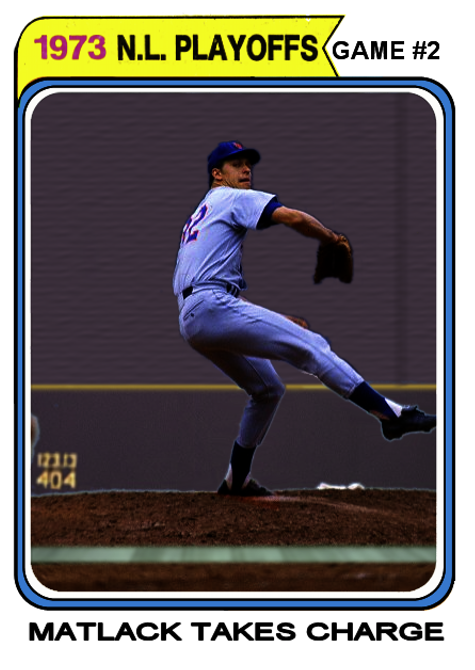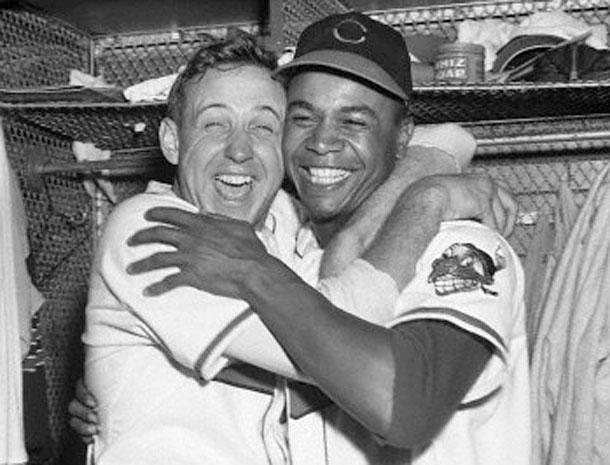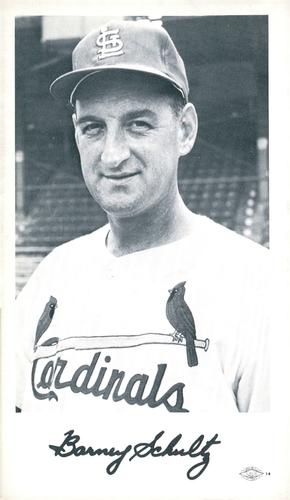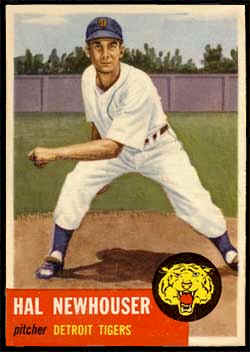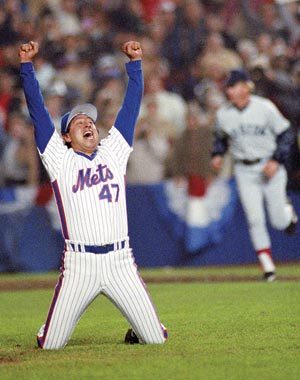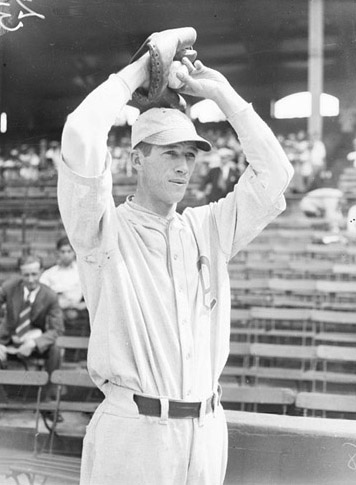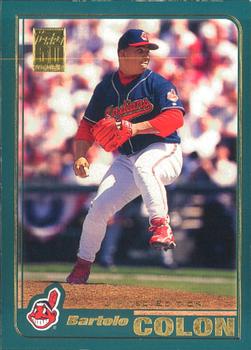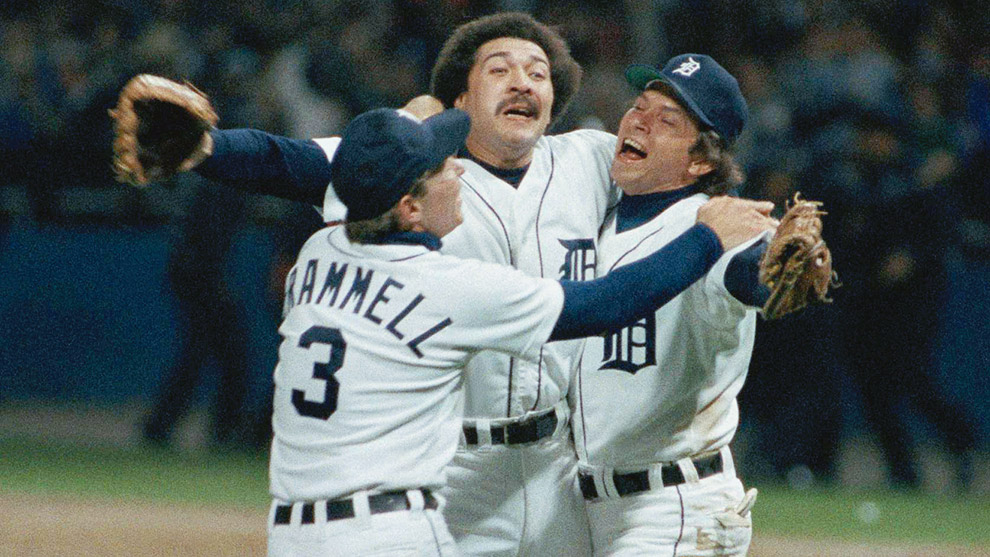October 4, 1934: Tigers’ Rowe takes Cardinals to ‘School’ in Game 2
Detroit Tigers right-hander Lynwood Thomas “Schoolboy” Rowe “gave one of the most courageous exhibitions of pitching ever seen in World Series,” wrote H.G. Salsinger of the Detroit News.”1 After the Tigers’ demoralizing 8-3 loss to Dizzy Dean and the St. Louis Cardinals in Game One of the 1934 fall classic at Navin Field in the Motor City, the 24-year-old Rowe hurled an inspiring 12-inning complete game to pick up the victory, 3-2, on Goose Goslin’s walk-off single. Sportswriters gushed in their praise of the wildly popular, 6-foot-4 Rowe. “[He] stands today alongside the pitching giants of World Series history,” exclaimed AP sportswriter Alan Gould.2 “A towering giant, playfully called Schoolboy,” wrote John Drebinger of the New York Times, “strode into the world series today and by the sheer power of his mighty right arm changed its course.”3 Former big-league umpire, syndicated sportswriter, and then Cleveland Indians general manager Billy Evans added, “It was a great dramatic game, full of excitement, and packed with expectancy.”4
Described by Westbrook Pegler as a “tall, loose-jointed rustic from El Dorado, Arkansas,” Rowe took the American League by storm in 1934, his second season in the big leagues. A torn muscle in Rowe’s right arm had prematurely ended his rookie season in July of 1933 and cast doubts on his future. With a dismal 1-3 record after five weeks of the 1934 season, the hard-throwing Rowe hit his stride, winning 23 of his next 26 decisions en route to a career-best 24-8 record, including 20 complete games in 30 starts and 266 innings. More importantly, the Tigers captured their first pennant since 1909 with a record of 101-53.
Sportswriter James Isaminger of the Philadelphia Inquirer noted that Rowe had momentarily “replaced Babe Ruth as baseball’s biggest drawing card.”5 Colorful and superstitious, Rowe had a folksy personality and his success appealed to baseball fans’ imagination during the hardships of the Great Depression. Long before another Tigers pitcher — Mark “The Bird” Fidrych — captured the attention of fans for his animated antics on the mound in 1976, Rowe was known for talking to the baseball, which he often called Edna in honor of Edna Mary Skinner, whom he married after the 1934 World Series. “Just eat a lot of vittles, climb the mound, wrap my fingers around the ball and say to it, ‘Edna, honey, let’s go,’” he once said of his preparation for pitching.6
On a sunny, crisp, yet windy autumn afternoon, Navin Field was packed with 43,451 screaming fans on Thursday, October 4, to see Rowe face St. Louis’s vaunted Gas House Gang, who had overcome a seven-game deficit to the New York Giants on September 6 to take the pennant on the last weekend of the season. There were lingering concerns about Rowe, whose dislike of pitching in cooler temperatures was well documented. He had struggled at the end of the season, yielding 10 earned runs and 25 hits in his final 15 innings “Rowe had a sore arm,” wrote George Moriarity of the Detroit News, “and willingly tackled his task under a great handicap.”7
The Cardinals came out swinging at the Schoolboy, who yielded six hits and two runs in the first three innings, and things could have been worse. Pepper Martin led off the game with a liner on Rowe’s first pitch. Although center fielder Jo-Jo White made a routine catch, the hard-hit ball put the partisan crowd on edge. With one out in the second inning, catcher Bill DeLancey hit a sharp grounder that glanced off second baseman Charlie Gehringer’s knee and was ruled a hit. The next batter, center fielder Ernie Orsatti, hit Rowe’s first pitch over Goose Goslin’s head in left field. The ball “hooked away from the Goose and rolled into corner for a triple” to drive in DeLancey.8
With Orsatti 90 feet from home, Rowe retired the next two hitters, shortstop Leo Durocher and pitcher Bill Hallahan. Martin led off the third inning with a single and moved to second on a sacrifice. With two outs, cleanup hitter Joe “Ducky” Medwick singled to left. Goslin fielded the ball cleanly and threw home, but not in time to peg the speedy Martin at the plate. Medwick moved up to second, setting the stage for the defensive play of the game.
Ripper Collins, who had led the Redbirds in home runs (35), RBIs (128), and batting average (.333), lashed a single to Goslin. The Goose threw a strike to Mickey Cochrane at the plate to nail the charging Medwick, who bowled over the MVP player-manager. “Nothing but a tonic such as Goslin’s throw could have kept the Schoolboy in the arena,” wrote Edward Burns of the Chicago Tribune.9
Unlike his counterpart, Cardinals southpaw Wild Bill Hallahan cruised through the first three innings yielding only two singles. An eight-year veteran with a 76-58 record, Hallahan was considered among the NL’s hardest throwers. He had paced the circuit in strikeouts in 1930 and 1931 and was one of the heroes, with two complete-game victories, in the Cardinals’ stunning defeat of the Philadelphia Athletics in the 1931 World Series; however, his record had fallen to 8-12 in 1934. The Tigers caught their first break with one out in the fourth inning when shortstop Billy Rogell hit a “flukey” double on what H.G. Salsinger considered an easy out.10 Orsatti lost the ball in the sun and, according to Irving Vaughan, “failed to make allowances for the wind” as the ball dropped for a double.11 With Rogell on third, right fielder Pete Fox doubled down the third-base line, driving in the Tigers’ first run. Cardinals player-manager Frankie Frisch protested that the ball was foul, but was rebuffed.
The game looked bleak for the Tigers, who began the bottom of the ninth trailing 2-1, but the gods of fate were on their side. Fox led off the frame with a single, the team’s first hit off Hallahan since his double in the fourth, and moved to second on Rowe’s sacrifice bunt. Gerald “Gee” Walker, pinch-hitting for White, lofted a “high twisting fly between home and first.”12 As if mesmerized, neither Hallahan nor DeLancey broke for the ball, and Collins was too late as the routine popup landed in fair territory, but rolled foul as Walker scampered to first. After a discussion among the umpires, the ball was ruled foul and Walker was sent back to the plate. Given a second chance, he singled to center, driving in Fox to tie the score. Southpaw Bill Walker relieved Hallahan, picked off Walker at first, and punched out Cochrane to send the game into extra innings.
“We doubt that whether any pitcher ever delivered nine innings of pitching in a World Series compared to the nine that Rowe pitched,” wrote Salsinger.13 From the fourth inning through the 12th, Rowe retired 27 of 28 batters, including a record-tying 22 in a row. According to Drebinger, the only hard-hit ball during that stretch was DeLancey’s “low screaming liner” to left field in the seventh inning when Rogell made a “spectacular diving catch.”14 “[Rowe] was very fast,” wrote Salsinger, “[H]is curve ball was breaking and his change of pace had the Cardinals batters swinging off stride.”15 Pepper Martin’s one-out double in the 11th finally broke Rowe’s spell, but Schoolboy got the next two batters.
With one out in the bottom of the 12th inning, Gehringer and Hank Greenberg drew consecutive free passes off Walker, an overlooked hurler of the era who had led the NL in ERA in 1929 and 1931 as a member of the New York Giants. Goslin, whom the Tigers had acquired in the offseason, stepped to the plate. In his 14th season with a career .321 batting average, the future Hall of Famer had been one of the Washington Senators heroes in their World Series victory over the Giants in 1924, clouting three home runs among his 11 hits. Walker, who had not yet surrendered a hit in three innings, threw a “fastball, waist high and through the heart” which the Goose belted to center field, driving in Gehringer for a dramatic 3-2 victory.16
Salsinger hailed Detroit’s victory as “one of most thrilling ever played in the World Series.”17 “There was none of that panicky, jittery feeling that confounded the Tigers in Game One,” wrote Drebinger.18 Notwithstanding Goslin’s momentum-changing throw in the fourth inning and his walk-off, game-winning hit, the story of the game was the Schoolboy. Rowe admitted after the game that he had been nervous early in the contest. But he settled down to toss 132 pitches (99 for strikes), yielding just seven hits; he whiffed seven and did not issue a walk. It was “as brilliant an exhibition of pitching as ever was witnessed in world series competition,” opined Drebinger.19
This article appeared in “Tigers By The Tale: Great Games at Michigan and Trumbull” (SABR, 2016), edited by Scott Ferkovich. To read more articles from this book, click here.
Sources
In addition to the sources cited in the Notes, Retrosheet.org and Baseball-Reference.com were also accessed.
http://www.baseball-reference.com/boxes/DET/DET193410040.shtml
http://www.retrosheet.org/boxesetc/1934/B10040DET1934.htm
Notes
1 H.G. Salsinger, “Rowe’s pitching Vastly Superior To Dean’s,” Detroit News, October 5, 1934, II, 1.
2 Alan Gould, “Rowe Stands Today Among the Greats,” Detroit News, October 5, 1934, II, 27.
3 John Drebinger, “Tigers Beat Cards in Twelfth, 3 To 2, And Square Series,” New York Times, October 5, 1934, 1.
4 Billy Evans, “Tigers Change To Waiting Game To Down Cardinals,” Detroit News, October 5, 1934, 29.
5 James C. Isaminger, “Rowe, Killed by Kindness and Hindered By Handshakers, Missed A.L. Hill Record,” Philadelphia Inquirer, September 2, 1934, 1.
6 Associated Press, “Schoolboy Rowe, Pitcher, 48, Dies,” New York Times, January 9, 1961, 39.
7 George Moriarity, “Schoolboy Unhittable After Third Inning,” Detroit News, October 5, 1934, 30.
8 Irving Vaughan, “Detroit Wins, 3 to 2; Even Series,” Chicago Daily Tribune, October 5, 1934, 1.
9 Edward Burns, “Rowe and Goslin Head Detroit Hero Roll,” Chicago Daily Tribune, October 5, 1934, 31.
10 Salsinger.
11 Vaughan.
12 James P. Dawson, “Play-By-Play Story Of Detroit Battle,” New York Times, October 5, 1934, 30.
13 Salsinger.
14 Drebinger.
15 Salsinger.
16 Evans.
17 Salsinger.
18 Drebinger.
19 Ibid.
Additional Stats
Detroit Tigers 3
St. Louis Cardinals 2
12 innings
Game 2, WS
Navin Field
Detroit, MI
Box Score + PBP:
Corrections? Additions?
If you can help us improve this game story, contact us.


